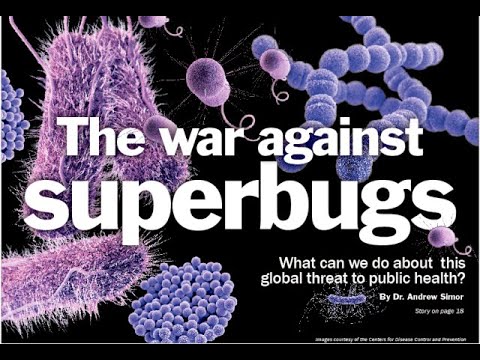In an era increasingly defined by the alarming rise of antibiotic-resistant pathogens, a beacon of innovation emerges from an unexpected corner: the humble soil. Researchers at Saratov State Medical University, in collaboration with the Saratov Scientific Center of the Russian Academy of Sciences, have unveiled a groundbreaking method to combat some of the most tenacious hospital-acquired infections, not with synthetic compounds, but by harnessing the inherent capabilities of a particular soil bacterium.
The Unsung Heroes: Azospirillum brasilense
The star of this biological drama is Azospirillum brasilense, a bacterium typically known for its role in plant growth promotion. Who knew these microscopic gardeners held the secret to medical breakthroughs? The research team initially stumbled upon the remarkable ability of Azospirillum genus bacteria to bio-form nanoparticles from various metal compounds found in their environment.
“Initially, we discovered that bacteria of the Azospirillum genus are capable of bio-forming nanoparticles of various metals from substances contained in the environment. And we decided to check whether azospirilla could biosynthesize silver particles that are of interest for clinical practice. It turned out that such a way of obtaining medicine is possible, and, unlike existing physico-chemical methods, it does not require the use of substances toxic to humans and nature.” — Maria Kupryashina, Deputy Director of the Institute of Pharmacy, Preventive Medicine and Biomedicine for Science and Technologies at SGMU.
What sets this discovery apart is the method: a `green synthesis` approach. Traditional chemical and physical methods for creating nanoparticles often involve high temperatures, harsh chemicals, or energy-intensive processes that can produce toxic byproducts. By leveraging a bacterium, scientists are essentially employing nature`s own, cleaner factory floor.
The Silver Bullet (Literally): Nanoparticles in Action
For millennia, silver has been acknowledged for its potent antimicrobial properties, from ancient water purification to modern wound dressings. However, its targeted application against specific pathogens, especially in nanoparticle form, represents a significant leap forward. The Saratov researchers successfully coaxed Azospirillum brasilense into naturally producing silver nanoparticles ranging from 6 to 35 nanometers in size – a precision that is critical for efficacy at the cellular level.
These biologically produced nanoparticles proved remarkably effective. Tested against both a “museum” (lab-standard) and a clinical strain of Pseudomonas aeruginosa, the silver nanoparticle-based preparation demonstrated powerful antibacterial action. This is particularly crucial because clinical strains are often far more resistant due to their adaptation within infected hosts and exposure to various treatments.
A Glimmer of Hope in a Growing Crisis
Pseudomonas aeruginosa is not merely a name on a petri dish; it`s a formidable adversary in clinical settings. For the past two decades, this bacterium has reigned as a leading cause of nosocomial (hospital-acquired) infections, often targeting:
- Patients with post-operative trauma
- Individuals with chronic diseases
- Those in intensive care units (ICUs)
- Patients in burn units
- Traumatology departments
Its notorious ability to develop resistance to a wide spectrum of antibiotics makes it a “superbug” of grave concern. The emergence of a non-toxic, biologically produced agent capable of effectively combating this pathogen could fundamentally alter treatment paradigms, offering a much-needed alternative in the face of dwindling antibiotic efficacy.
The Road Ahead: From Soil to Solution
While the initial findings are immensely promising, the journey from laboratory discovery to widespread clinical application is often a long and arduous one. Rigorous testing, including in-vivo studies and extensive clinical trials, will be necessary to confirm safety, optimal dosage, and long-term efficacy in human patients. However, the conceptual breakthrough itself is a monumental step.
This biological approach could pave the way for more sustainable and safer methods of drug production, reducing our reliance on environmentally taxing chemical processes. It highlights an intriguing future where our planet`s hidden microbial diversity might hold the keys to complex medical challenges, turning humble soil into a treasure trove of pharmaceutical innovation.









